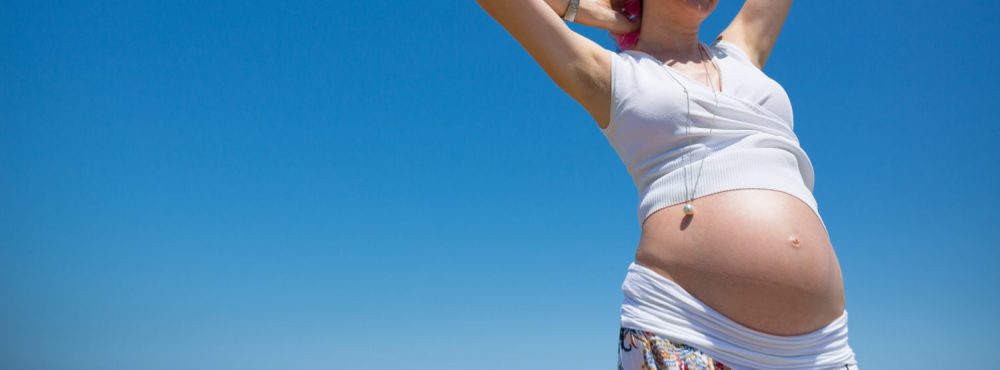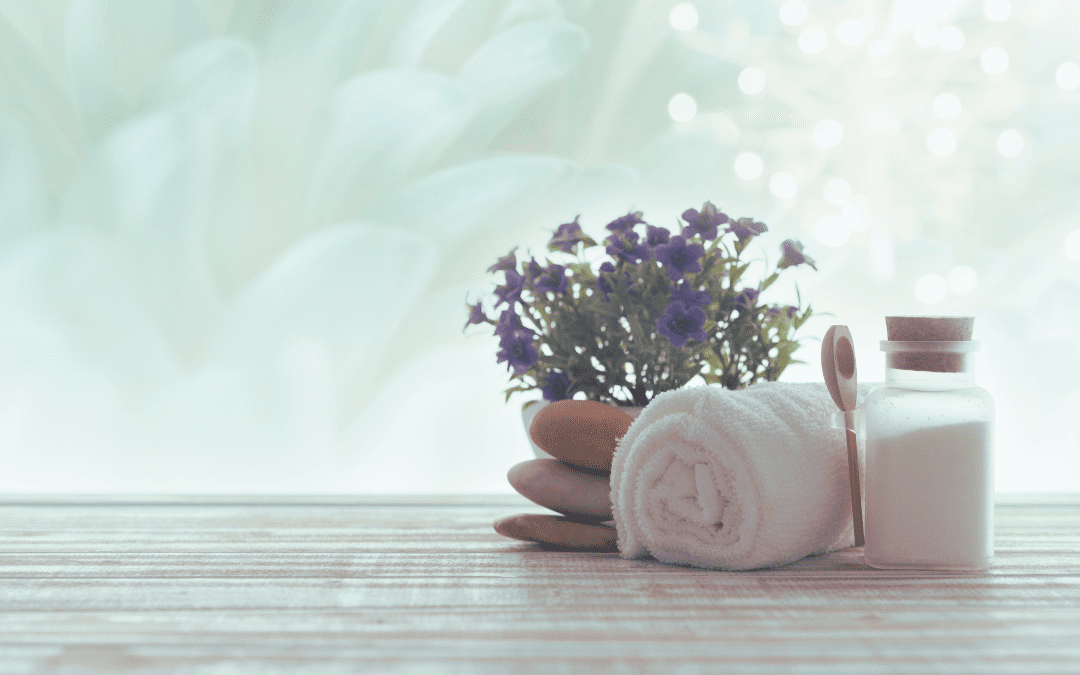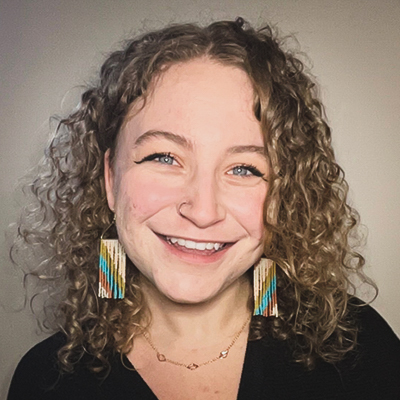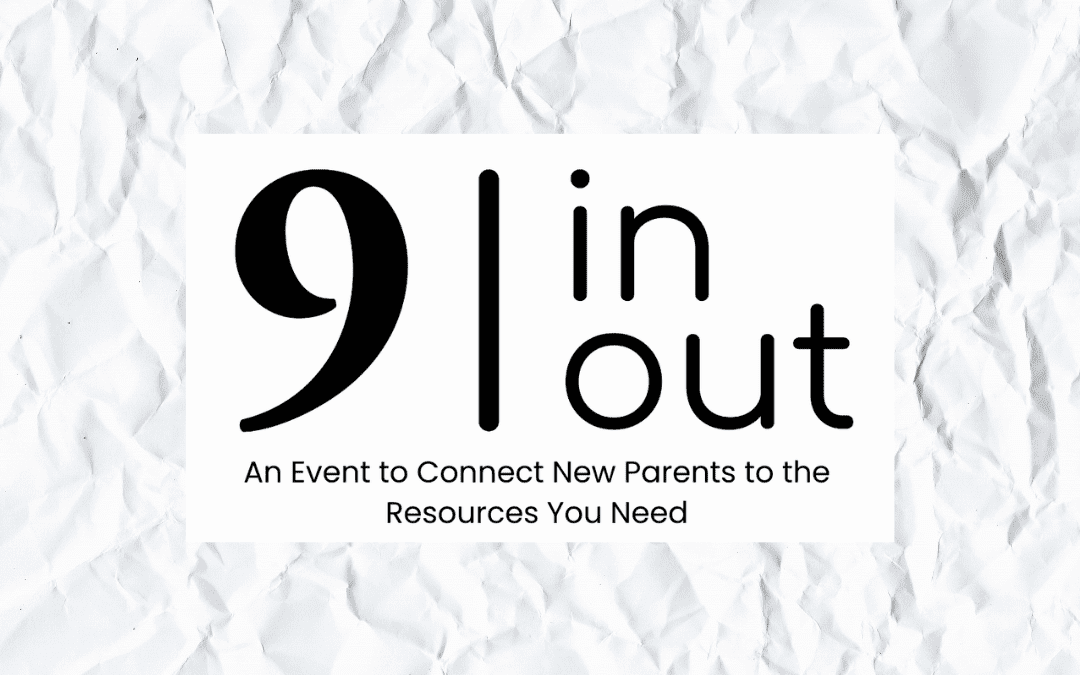Pregnancy is a beautiful and natural condition — nine transformative months full of excitement, planning and peering at the awesome unfolding of life. But this transformation also brings inevitable side effects, sometimes making a woman feel like her body has been taken over by an alien force. In the early months, there are mood swings from ecstasy to unpredictable crying; in later months, there are aches and pains more common to the domain of the elderly. Physical changes, such as nausea, back pain, heartburn, raging hormones, breast pain, and swollen legs and ankles affect many women during this time. But you don’t have to suffer in silence. The gentle, noninvasive approach of pregnancy massage can ease your discomfort, help you prepare for labor and give you the emotional support of a caring practitioner. Massage sessions can also bring back a sense of body-mind integration, putting you into a state of relaxation and calm acceptance of your continually evolving physical form.
According to Lynne Daize, with the National Association of Pregnancy Massage Therapy, training for this specialty includes learning specific techniques for each trimester, as well as those required for labor and postpartum massage. A certified pregnancy massage therapist is well-acquainted with the physical and hormonal effects of pregnancy and has the skills to counterbalance these changes. You’ll find the therapist uses a lighter touch and concentrates on those areas most vulnerable to changes in your body. She will also give you deep breathing exercises and tips on how to improve your posture to adjust to the added weight and shifting center of gravity.
Massage has many scientifically proven health benefits such as stimulating the blood and lymph systems, thereby increasing immunity and removal of toxins; stabilizing hormonal levels; and adding tone and flexibility to muscles — all of which enhance the health of both you and your baby. As pregnancy progresses, your body adjusts to a changing alignment caused by the baby’s increasing weight. This puts strain on your back and legs and increases stress on weight-bearing joints. Massage increases flexibility, enhancing the ability to carry this extra weight while also relieving aches and pains, leg cramps and muscle spasms. The effects of relaxation and tension release add to improvement in the physical state of muscles and joints, and assist in balancing emotions.
Recent studies from the Touch Research Institute (TRI) in Miami, Fla., indicates that pregnancy massage provides more than just symptom relief for the mother. A group of 26 pregnant women were given either massage or relaxation therapy during a five-week study. In addition to experiencing a reduction in symptoms of anxiety, stress, sleep problems and back pain, the massage group had fewer complications in their delivery. Their newborns also had fewer postnatal complications. Another TRI study reported massage during labor resulted in shorter labor times for the mothers, shorter hospital stays and less postpartum depression.
Obstetrician Bonita Kolrud of Westside Women’s Care in Wheat Ridge, Colo., is an avid proponent of bodywork, although she cautions women to make sure their therapist is experienced with pregnancy massage. Kolrud praises the physical benefits of massage, noting it relieves tension and pain caused by changes in body alignment. “The biggest thing is so many women still look at massage as a luxury. But it has so many physical health benefits and is more of a necessity for some patients. Emotionally, it’s really beneficial for women to be touched when they’re pregnant. I think a lot of pregnant women don’t necessarily get as much physical touching as they would like. It’s a very nurturing thing having someone taking care of you, and it’s a great bonding experience with the baby when you’re both receiving massage.”
What to Expect When Expecting
During the first trimester of pregnancy, a primary goal of massage is to provide relaxation and increase flow of the circulation systems. Stimulating the blood system pumps more energy-giving oxygen and nutrients into your cells and increases blood flow to the placenta. Muscle tension can slow down lymph flow, leaving you fatigued and at risk of toxemia. By stimulating this system, massage speeds up elimination of toxins and excess fluid, boosting your immunity and energy level.
And when it comes to morning sickness, Daize indicates that while bodywork won’t completely relieve nausea, it can certainly diminish the queasiness.
In the second trimester, increasing weight of the baby can cause muscle soreness. “The mother starts going through more changes,” says Daize, “so massage is used to relieve muscle spasms and ease structural changes.” The therapist works to loosen joints, keeping them aligned, and soften the connective tissues, relieving backaches and leg cramps.
As pregnancy progresses and the abdomen enlarges, special positioning is required during massage. Up to the 24th week of pregnancy it is acceptable, according to Daize, for moms to be on their back with the right hip tilted up, taking pressure off the nerves and arteries. Pressure on the arteries in the back, she notes, will diminish blood flow and oxygen to the fetus. Another position that decreases stress on the back is side-lying, with the belly supported by a small wedge pillow.
During the final trimester’s “home stretch,” the baby begins to gain weight more rapidly, pressing against inner organs and shifting them about. Discomfort increases and the impending due date can cause added stress and anxiety. At this stage, Daize says, the therapist focuses on trigger points to relieve pain while continuing to elicit relaxation throughout the body. Generally, during the last two weeks before mom’s due date the therapist concentrates her techniques on preparing the mother’s body for delivery.
Before initiating massage, consult your obstetrician, especially if you are high-risk. While massage is a safe treatment, there are certain conditions that require your physician’s approval and careful monitoring by the therapist. Notify your therapist immediately of any changes in your physical health, and consult your obstetrician about continuing the treatments should complications arise. Some physicians may be unaware of the benefits of pregnancy massage and hesitant to recommend it. In these cases, the therapist can help by providing information that explains her specialized training and experience.
Spouses and partners can be included in the massage experience as well. As your due date nears, you can bring your labor coach into your session to learn basic massage techniques. Kolrud notes that massage during labor is especially beneficial if the woman “prefers to do it as naturally as possible.” You might consider hiring a doula or massage therapy birth assistant to comfort and guide you through the entire labor and delivery process. These professionals are trained to provide both physical and emotional support. They act as a liaison with medical staff and as the mother’s caregiver, using their expertise to create a stress-free and positive environment. By giving massage, suggesting alternative positions for labor and tending to minor details, they relieve fathers and family members of much of the pressure and responsibility in the labor room.
Special Delivery
Once your baby has arrived, massage can continue to be an important part of good health for you and your new infant. Postpartum massage can relieve the stress and tension of your new responsibilities and provide nurturing and relaxation to help you in adjusting to motherhood. By increasing circulation, massage enhances the post-birth healing process and has a significant effect on realigning the body when the center of gravity shifts back to normal. You can also share this pleasurable experience with your newborn. Infant massage is one of the best ways to bond with your baby and provide a secure, comforting welcome into the world. Ask your therapist about infant massage instruction, or call Johnson Johnson (877/565-5465) to order their video, Parent Guide to Infant Massage.
According to Lynne Daize, with the National Association of Pregnancy Massage Therapy, training for this specialty includes learning specific techniques for each trimester, as well as those required for labor and postpartum massage. A certified pregnancy massage therapist is well-acquainted with the physical and hormonal effects of pregnancy and has the skills to counterbalance these changes. You’ll find the therapist uses a lighter touch and concentrates on those areas most vulnerable to changes in your body. She will also give you deep breathing exercises and tips on how to improve your posture to adjust to the added weight and shifting center of gravity.
Massage has many scientifically proven health benefits such as stimulating the blood and lymph systems, thereby increasing immunity and removal of toxins; stabilizing hormonal levels; and adding tone and flexibility to muscles — all of which enhance the health of both you and your baby. As pregnancy progresses, your body adjusts to a changing alignment caused by the baby’s increasing weight. This puts strain on your back and legs and increases stress on weight-bearing joints. Massage increases flexibility, enhancing the ability to carry this extra weight while also relieving aches and pains, leg cramps and muscle spasms. The effects of relaxation and tension release add to improvement in the physical state of muscles and joints, and assist in balancing emotions.
Recent studies from the Touch Research Institute (TRI) in Miami, Fla., indicates that pregnancy massage provides more than just symptom relief for the mother. A group of 26 pregnant women were given either massage or relaxation therapy during a five-week study. In addition to experiencing a reduction in symptoms of anxiety, stress, sleep problems and back pain, the massage group had fewer complications in their delivery. Their newborns also had fewer postnatal complications. Another TRI study reported massage during labor resulted in shorter labor times for the mothers, shorter hospital stays and less postpartum depression.
Obstetrician Bonita Kolrud of Westside Women’s Care in Wheat Ridge, Colo., is an avid proponent of bodywork, although she cautions women to make sure their therapist is experienced with pregnancy massage. Kolrud praises the physical benefits of massage, noting it relieves tension and pain caused by changes in body alignment. “The biggest thing is so many women still look at massage as a luxury. But it has so many physical health benefits and is more of a necessity for some patients. Emotionally, it’s really beneficial for women to be touched when they’re pregnant. I think a lot of pregnant women don’t necessarily get as much physical touching as they would like. It’s a very nurturing thing having someone taking care of you, and it’s a great bonding experience with the baby when you’re both receiving massage.”
What to Expect When Expecting
During the first trimester of pregnancy, a primary goal of massage is to provide relaxation and increase flow of the circulation systems. Stimulating the blood system pumps more energy-giving oxygen and nutrients into your cells and increases blood flow to the placenta. Muscle tension can slow down lymph flow, leaving you fatigued and at risk of toxemia. By stimulating this system, massage speeds up elimination of toxins and excess fluid, boosting your immunity and energy level.
And when it comes to morning sickness, Daize indicates that while bodywork won’t completely relieve nausea, it can certainly diminish the queasiness.
In the second trimester, increasing weight of the baby can cause muscle soreness. “The mother starts going through more changes,” says Daize, “so massage is used to relieve muscle spasms and ease structural changes.” The therapist works to loosen joints, keeping them aligned, and soften the connective tissues, relieving backaches and leg cramps.
As pregnancy progresses and the abdomen enlarges, special positioning is required during massage. Up to the 24th week of pregnancy it is acceptable, according to Daize, for moms to be on their back with the right hip tilted up, taking pressure off the nerves and arteries. Pressure on the arteries in the back, she notes, will diminish blood flow and oxygen to the fetus. Another position that decreases stress on the back is side-lying, with the belly supported by a small wedge pillow.
During the final trimester’s “home stretch,” the baby begins to gain weight more rapidly, pressing against inner organs and shifting them about. Discomfort increases and the impending due date can cause added stress and anxiety. At this stage, Daize says, the therapist focuses on trigger points to relieve pain while continuing to elicit relaxation throughout the body. Generally, during the last two weeks before mom’s due date the therapist concentrates her techniques on preparing the mother’s body for delivery.
Before initiating massage, consult your obstetrician, especially if you are high-risk. While massage is a safe treatment, there are certain conditions that require your physician’s approval and careful monitoring by the therapist. Notify your therapist immediately of any changes in your physical health, and consult your obstetrician about continuing the treatments should complications arise. Some physicians may be unaware of the benefits of pregnancy massage and hesitant to recommend it. In these cases, the therapist can help by providing information that explains her specialized training and experience.
Spouses and partners can be included in the massage experience as well. As your due date nears, you can bring your labor coach into your session to learn basic massage techniques. Kolrud notes that massage during labor is especially beneficial if the woman “prefers to do it as naturally as possible.” You might consider hiring a doula or massage therapy birth assistant to comfort and guide you through the entire labor and delivery process. These professionals are trained to provide both physical and emotional support. They act as a liaison with medical staff and as the mother’s caregiver, using their expertise to create a stress-free and positive environment. By giving massage, suggesting alternative positions for labor and tending to minor details, they relieve fathers and family members of much of the pressure and responsibility in the labor room.
Special Delivery
Once your baby has arrived, massage can continue to be an important part of good health for you and your new infant. Postpartum massage can relieve the stress and tension of your new responsibilities and provide nurturing and relaxation to help you in adjusting to motherhood. By increasing circulation, massage enhances the post-birth healing process and has a significant effect on realigning the body when the center of gravity shifts back to normal. You can also share this pleasurable experience with your newborn. Infant massage is one of the best ways to bond with your baby and provide a secure, comforting welcome into the world. Ask your therapist about infant massage instruction, or call Johnson Johnson (877/565-5465) to order their video, Parent Guide to Infant Massage.
By Shirley Vanderbilt
Originally published in Body Sense magazine, Fall 2002.
Associated Bodywork and Massage Professionals. All rights reserved.
Shirley Vanderbilt is a staff writer for Body Sense magazine.




